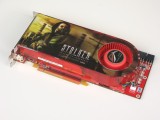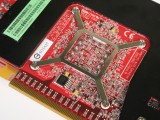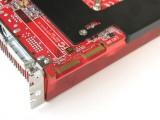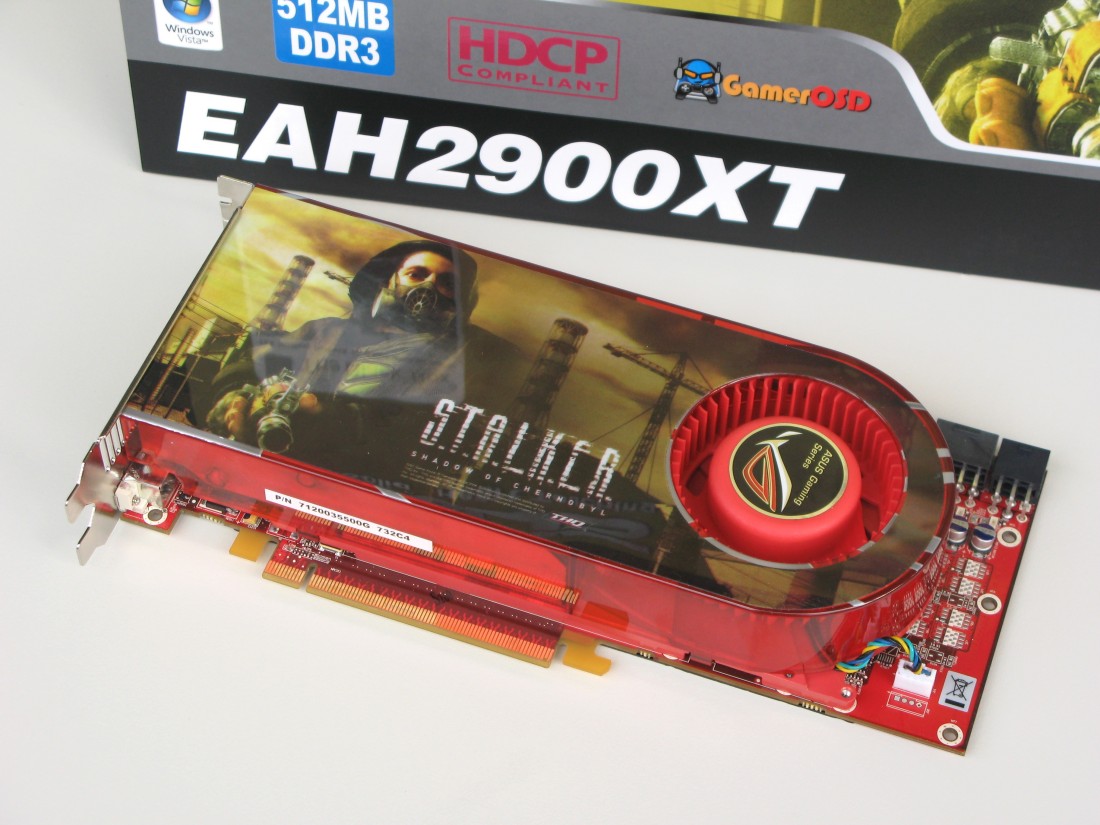The Card
The size and physical appearance of the Radeon HD 2900XT is much the same as that of the previous X1950XTX. The cooler is made up of a large, very heavy copper heatsink that features a clear red plastic shroud that directs cool air over the heatsink and out of the case. The design is really much like that of the GeForce 8 series, so there is nothing unusual to report here.
 |
 |
|
 |
 |
The Radeon HD 2900XT core consists of more than 700 million transistors and is manufactured using an 80nm process. The card features 512MB of onboard GDDR3 memory clocked at 825MHz (1.66GHz DDR). This card utilized Hynix ICs (HY5RS573225A-FP1) and it would appear that the majority of early Radeon HD 2900XT based cards will use similar Hynix memory. After some quick research, I have found that these modules are rated at 1600MHz DDR.
When in action the Radeon HD 2900XT operating volume level is reasonably loud, as you might expect for a big hot power hungry graphics card. Although the operating volume is not something I would concern myself with, the power requirement for this graphics card is, particularly when in CrossFire mode. The need for a good quality power supply is a must in any high-end gaming system. Those that utilize the power of SLI or CrossFire technology will need a bare minimum of 600w, often even this wattage rating is not enough. Although I am yet to test two Radeon HD 2900XT cards in CrossFire mode, I can confirm that a single card generates a great deal of heat on its own.
 |
 |
|
 |
 |
The rear of the ASUS Radeon HD 2900XT features an S-Video port supporting the Video-In/Video-Out function and dual DVI outputs. There are also a number of cables supplied with the card which will help the user utilize some of these features. The package also features a number of software titles which includes the very popular S.T.A.L.K.E.R.
